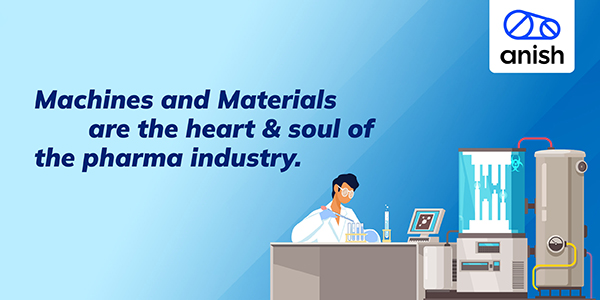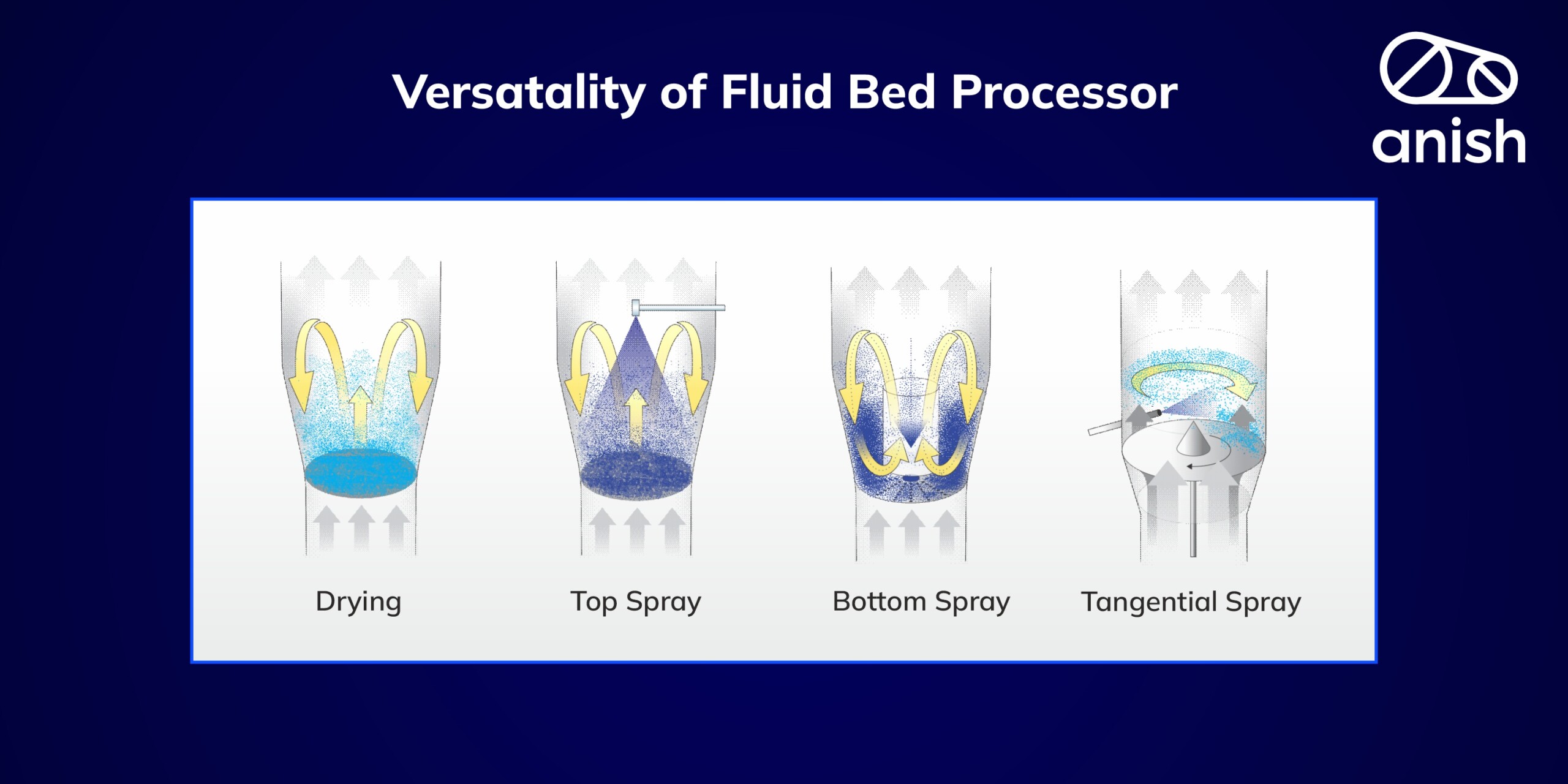The pharmaceutical industry is one of the flourishing industries globally, which rules the livelihood of human beings and other living creatures. The historic breakthrough in life science was the invention of the Double Helix structure of DNA by James Watson and Francis Crick in 1953. This research helped eradicate deadly diseases like Smallpox and Polio; hence the 19th century was considered the Golden Era of Science & Technology, and the period from 1930 to 1970 was the Golden Era of the Pharmaceutical Industry.
The Golden Era of the Pharmaceutical Industry was only possible with the right material and efficient machines. Material sourced and developed by medicinal experts and tested and processed with the assistance of machines led to historical achievements in finding the cure for various fatal diseases. The hero of the pharmaceutical industry back then and now remains materials and machines. They are the heart and soul of the pharmaceutical industry. All materials that go through these machines must be handled with utmost care. All the global regulatory agencies and health organizations recommend that medicinal manufacturing should comply with the patient’s safety, quality, and efficacy using all-regulatory guidelines.
The process of medicine manufacturing is thoroughly detailed and carefully panned out. Pharmaceutical materials are categorized into active pharmaceutical ingredients (APIs) and inert materials. APIs, also called drug substances (DS), can have the desired therapeutic properties. The inert materials, a.k.a. excipients, contribute 70-90% of the unit dosage form because they deliver, stabilize, protect and make the API available in the systemic circulation. These pharmaceutical excipients also help smooth manufacturing by contributing to high productivity, creating the required drug product with enhanced safety, bioavailability and desired patient acceptability.
The manufacturing process is essential in making a desired pharmaceutical finished product, where the equipment or machinery plays a crucial role. The pharmaceutical dosage form might be a tablet, capsule, liquid, topical, or parenteral. The basic phenomenon occurring in all these dosage forms is the mass transfer from one state to another. Considering the tablet dosage form as a standard example, a series of unit operations are involved, from raw material sifting to packing the finished dosage form. The various equipment performs the mass transfer activity at each stage, and these equipment are designed for specific processes. Vibratory or Rotary Sifters are the initial equipment which can sift different-sized particles into uniformly-sized particles. These uniform-sized particles are crucial in achieving constant tablet weight, content uniformity, and blend uniformity. All these physical parameters directly affect tablet quality.
The next unit operation after material sifting is granulation. Here, we add a binder solution to the dry powder mix to convert the dry powder into a wet mass. This activity is performed by Rapid Mixer Granulator (RMG). The output of RMG is milled by an under-driven wet mill for particle sizing, and the wet mass will be dried with the help of a Fluid Bed. After achieving desired moisture content, the dried material will be milled using a Multi-mill or Dry Mill to get the required particle-sized granules. The dry-milled granules will be blended with the help of suitable blenders like V-Cone, Octagonal or Double Cone Blenders. Finally, the blended material is compressed by a Tablet Compression machine into required size tablets with desired parameters like uniform tablet weight, thickness, and diameter.
Today, producing a desired pharmaceutical dosage form involves so many materials like APIs, Binders, Disintegrants, Diluents, Glidants, Lubricants, Controlled release polymers and equipment like Sifters, RMG, Wet & Dry Mills, Fluid Bed Dryers, Blenders, Compression machines, Tablet Coaters, Fluid Bed Coaters, Fluid Bed Processors, Capsule Filling machines, Packing machines etc. And the future will be the artificial intelligence (AI) era. The manufacturing of pharmaceutical dosage forms will soon be with the help of AI, and all the processes will be automated for precise control of the product output. Though everything will be automated in future, the importance of materials and machinery will remain the same.
The change in the day-to-day lifestyle and eating habits of human beings is an invitation to various acute diseases, viral infections and chronic diseases like hypertension, angina pectoris, stomach ulcers and cancers. All these factors will play a vital role in the growth of the future pharmaceutical industry. Researchers will innovate new medicines for existing and new diseases. The regulatory norms will evolve, considering recent trends. We might see new types of dosage forms soon. AI will take the place of machine operators and quality checkers, but the only two things those AI can’t replace are Material & Machines.
anish pharma is one of India’s leading pharma equipment manufacturers, providing advanced pharma processing machines with three decades of experience. Six habitable continents are consuming medicines processed with anish pharma machines by 500+ renowned manufacturers. Reach out to us today to experience pharmaceutical advancement in your solutions!
 Search
Search 




